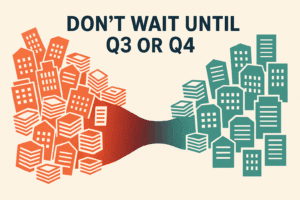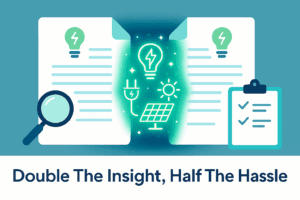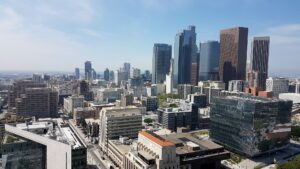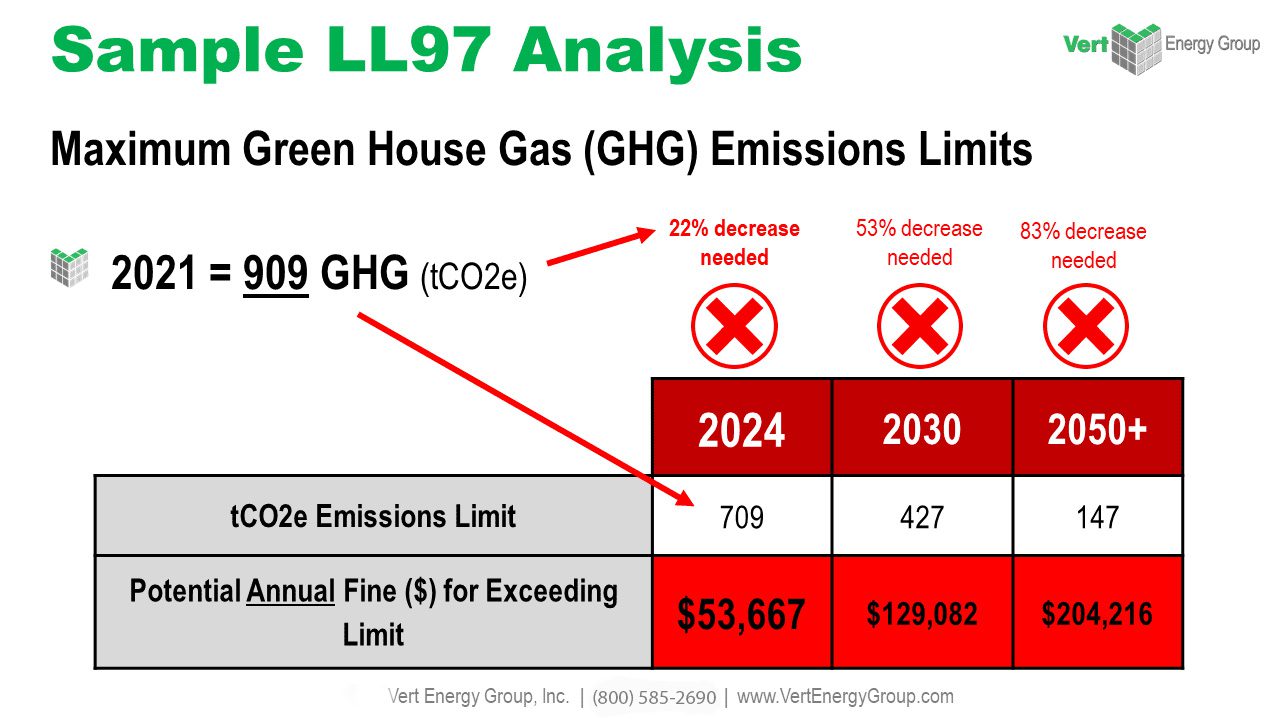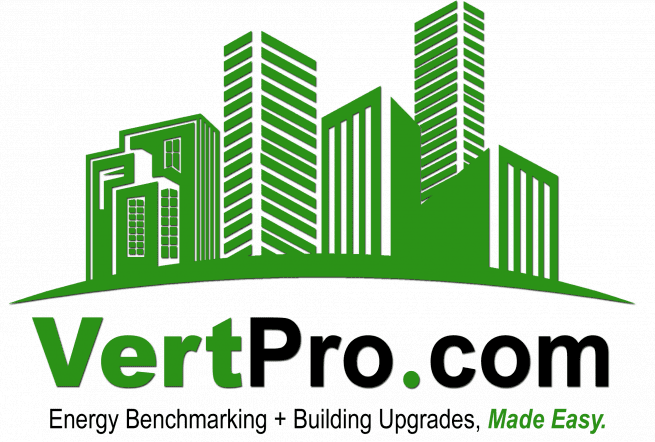San Francisco Q2 Building Compliance: What Property Owners Need To Know For 2025
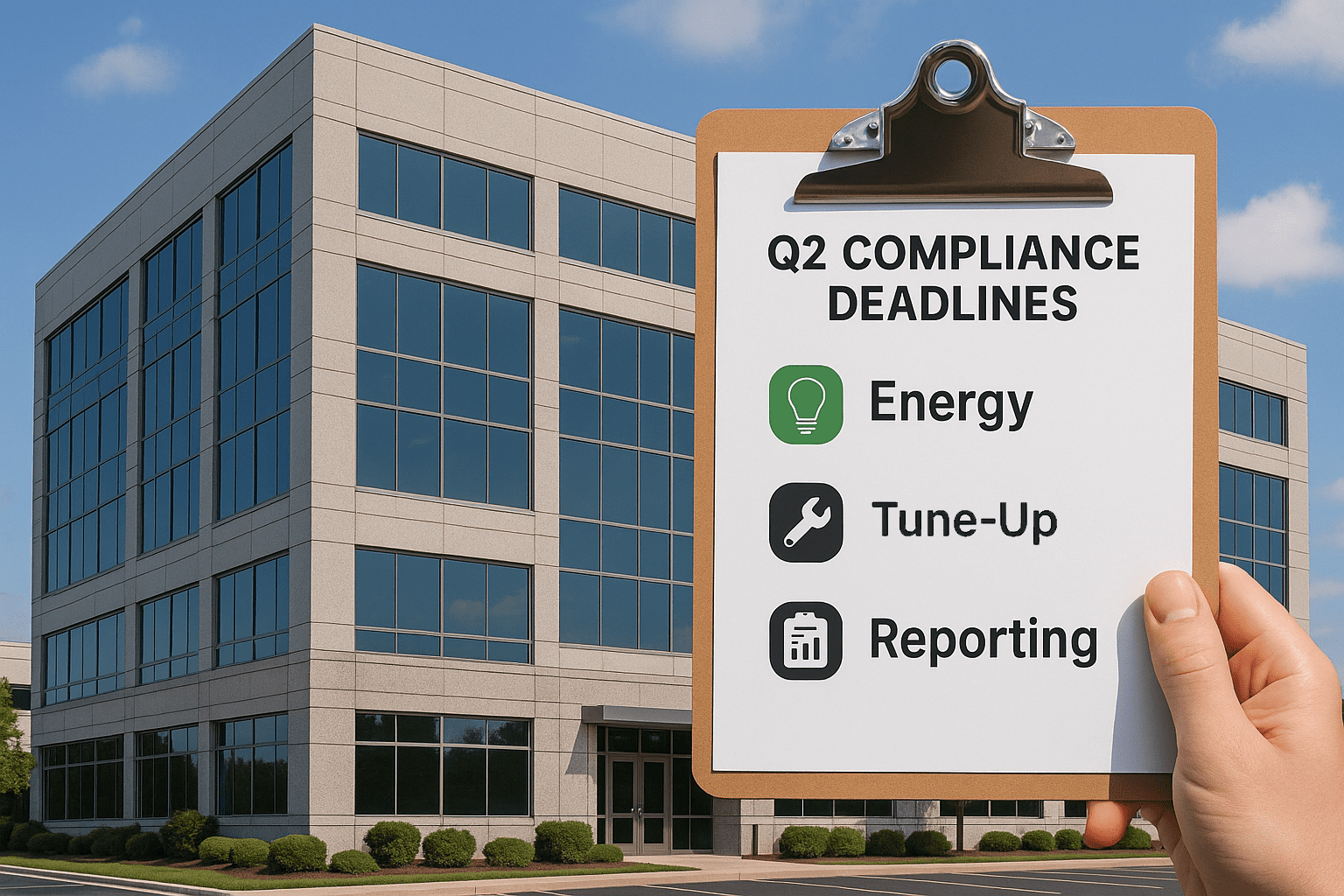
Q2 is the most critical quarter for San Francisco building owners. While enforcement may feel inconsistent throughout the year, April through June is when the San Francisco Department of the Environment acts. During this period, two key ordinances come into sharp focus:
1: Ordinance 116-13 (Existing Commercial Buildings Energy Performance Ordinance)
2: Ordinance 009-21 (Energy Performance Targets).
Both bring firm reporting requirements and deadlines that can’t be postponed. If you own or manage a commercial property, now is the time to prepare.
Why Q2 Enforcement Matters More Than Ever
In 2025, San Francisco is ramping up efforts to meet its aggressive carbon reduction goals. This makes Q2 enforcement particularly strict. Even if you’ve submitted reports in past years, assuming you’re covered for 2025 is a costly mistake. Updated benchmarking must reflect the most recent 12-month period. Failing to do so can trigger audits, fines, or even violation notices.
High-usage buildings and older properties are especially at risk. If your building shows inconsistent or outdated data, it’s likely to be flagged. Q2 isn’t just a time to catch up—it’s when the city expects full compliance.
Key San Francisco Ordinances To Understand
This ordinance applies to all non-residential buildings over 10,000 square feet. It requires annual benchmarking and public disclosure of energy usage through ENERGY STAR Portfolio Manager.
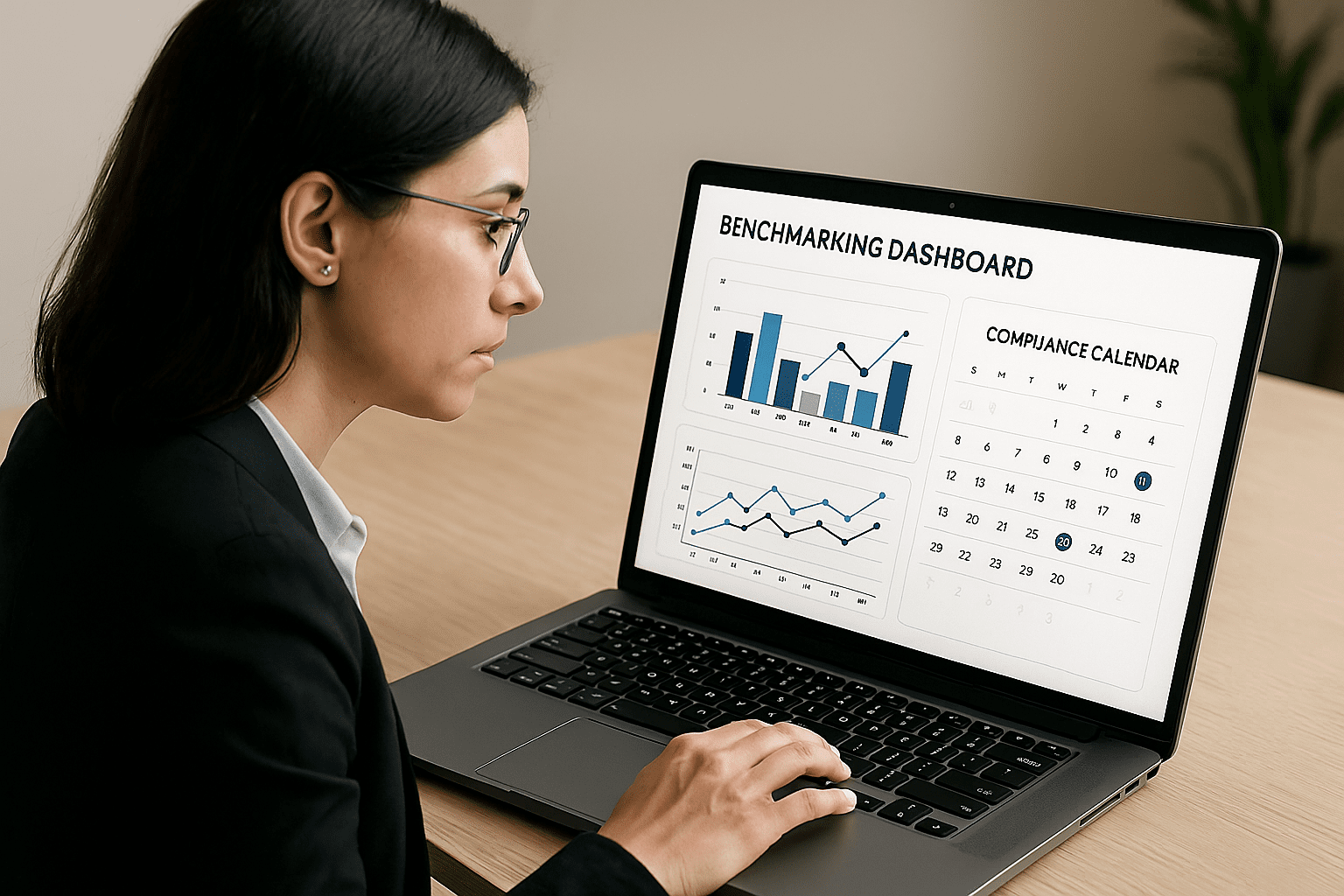
For Q2 2025, make sure you:
- Enter updated 12-month energy data (through at least March 2025).
- Authorize the City of San Francisco to access your benchmarking data.
- Correct and resubmit any flagged or incomplete reports from prior years.
Common mistake: Submitting outdated data. Even if you file on time, reports without current usage figures can lead to penalties.
Ordinance 009-21: Energy Performance Targets
This ordinance pushes beyond reporting. It requires buildings to actively improve energy performance, meet emissions targets, and complete efficiency upgrades.
In Q2 2025, you may need to:
- Submit a Building Emissions Reduction Plan.
- Provide tune-up documentation or energy upgrade verification.
- Meet performance targets based on building type and energy profile.
Benchmarking is just the beginning. Ordinance 009-21 demands ongoing improvements. If your building hasn’t shown progress since last year, you could be flagged for audit.
2025 Q2 Compliance Timeline: What To Do And When
Follow this checklist to avoid missing critical deadlines:
By April 15
- Update your ENERGY STAR Portfolio Manager with full 2024 data.
- Review previous submissions for any data gaps or errors.
By May 1
- Submit Benchmarking reports for buildings over 50,000 sq. ft.
- File necessary documents for Ordinance 009-21.
- Grant data access to city officials.
By June 1
- Complete building tune-ups if required.
- Upload documentation showing performance improvements or plans.
By June 15
- Make any final corrections.
- Be prepared for city audits or information requests.
Missing any of these dates can trigger daily fines. Penalties can quickly add up, especially for portfolio owners.
Common Mistakes That Lead To Fines
Mistaking Benchmarking for Full Compliance

Many owners believe submitting an ENERGY STAR report is enough. It’s not. The city reviews both your data and your actual performance.
Issues we see often:
- Submitting incomplete or outdated energy data.
- Ignoring 009-21 tune-up and upgrade requirements.
- Leaving out tenant-level energy use.
Skipping Tune-Ups or Delay Upgrades
If your building showed poor performance last year and hasn’t improved, Q2 is when you’ll be flagged. Tune-ups are not optional if your building underperforms.
High-risk buildings include:
- Properties built before 1980 with no recent upgrades.
- Hotels and retail buildings with irregular energy profiles.
- Multi-tenant buildings without complete tenant usage data.
Neglecting upgrades can result in violation notices or even formal audits by mid-year.
How To Tell If Your Building Is At Risk
Q2 enforcement is driven by data. If your building fits any of the following, take extra precautions:
- Over 50,000 sq. ft. with a high Energy Use Intensity (EUI).
- Benchmarking reports missing tenant or usage data.
- Late or inaccurate 2024 submissions.
- Received a warning letter or notice from the city.
If you’ve been flagged before, the city is likely watching your 2025 submissions closely.
The Real Cost Of Missing Q2 Deadlines
Once Q2 deadlines pass, fines increase rapidly. San Francisco can issue daily penalties for late or incomplete reports. For building owners with multiple properties, this becomes a major financial risk.
Important deadlines to remember:
- May 1: Benchmarking report submission.
- June 1: Tune-up and improvement documentation.
- June 15: Final chance to correct errors.
The city is far less forgiving in Q2. Missed reports are quickly escalated to violations. Don’t assume you have more time.
How Benchmarking Services Help You Stay Compliant
Professional Benchmarking services do more than manage spreadsheets. They ensure your data is complete, accurate, and aligned with both ordinances. Here’s how they can help:
What to expect from a quality provider:
- Setup and management of your ENERGY STAR Portfolio Manager account.
- Thorough review of your building’s energy usage and emissions.
- Timely filing of all compliance reports.
- Alerts for missing tenant data or errors.
- Communication with city departments on your behalf.
Unlock Rebates And Incentives
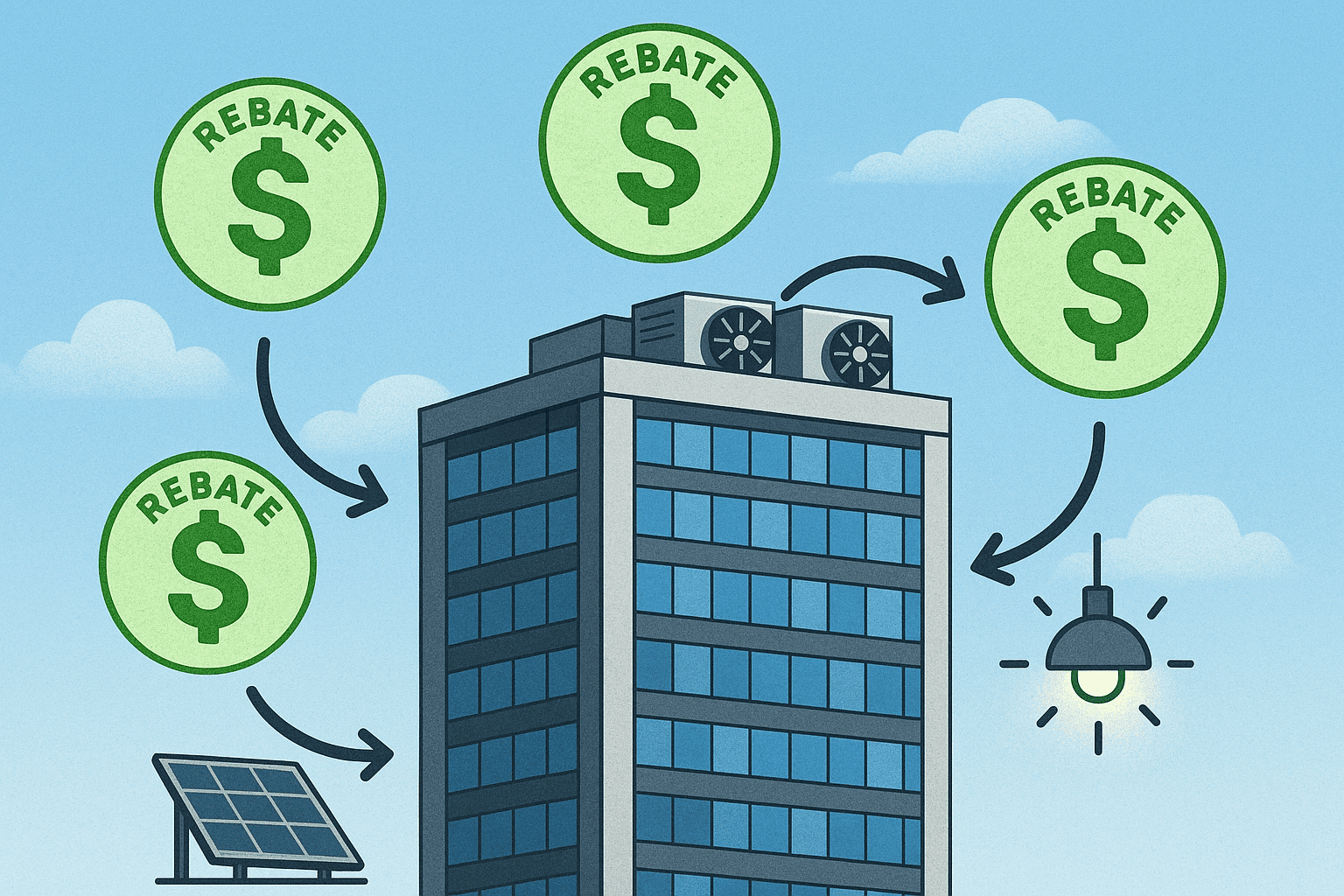
Beyond avoiding fines, early compliance opens the door to valuable rebates and financing programs. These can offset the cost of upgrades and efficiency improvements.
Available programs include:
- BayREN Commercial Rebates – Incentives for lighting, HVAC, and insulation upgrades.
- GoGreen Energy Efficiency Financing – Low-interest loans for qualified commercial improvements.
- San Francisco Environment Incentives – Rebates tied to successful Ordinance 009-21 performance.
Many programs require that you’re already compliant to qualify. A good Benchmarking provider can guide you through the application process.
Don’t Wait Until The City Comes Calling
San Francisco’s Q2 enforcement period isn’t just another bureaucratic step. It’s the city’s main compliance push. Missing a deadline, misunderstanding a requirement, or skipping a tune-up could cost you thousands.
If your property is over 10,000 sq. ft., has a spotty compliance history, or hasn’t made recent energy improvements, you’re already at risk. The easiest way to stay compliant and avoid fines is by working with a Benchmarking expert.
VertPro.com offers complete Benchmarking and compliance solutions tailored to your building. Their platform supports energy audits, ordinance tracking, and rebate management in one place. Whether you need help submitting documents or identifying cost-saving improvements, VertPro® can keep you ahead of every deadline.
Get started today to avoid Q2 penalties and protect your building’s bottom line.



